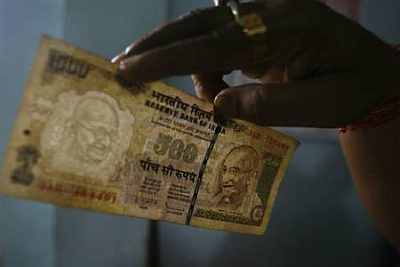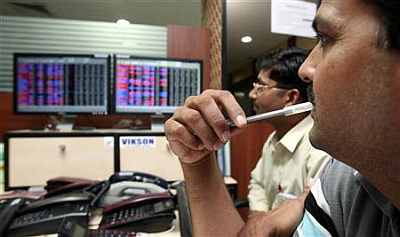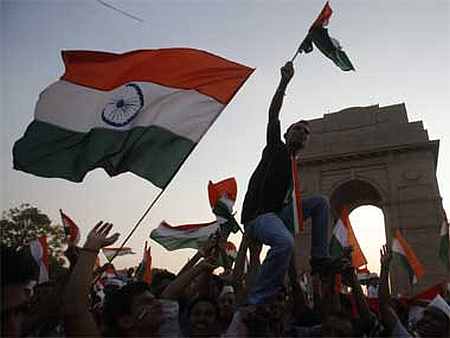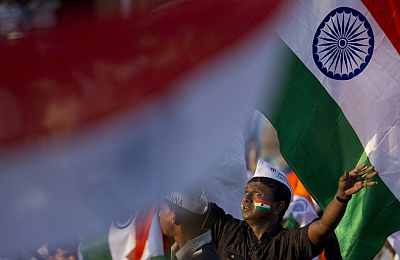 | « Back to article | Print this article |
Will S&P's outlook downgrade spur reforms?
The announcement by Standard & Poor's (S&P) on Wednesday to cut its outlook for India from stable to negative should cause no surprise, even though it comes barely five days after a similar exercise by Moody's, which had retained its outlook on India as stable.
It is not unusual for credit rating agencies to differ from each other in their assessments, and not much should be read into this divergence.
The more significant message from S&P's announcement on Wednesday lies in the reasons it cited for its decision. The agency has noted the government's large fiscal deficit and the slow progress on reforms caused by an uncertain political climate. It is difficult to disagree with either of these reasons.
Click NEXT to read more...
Will S&P's outlook downgrade spur reforms?
As Business Standard has maintained for some time, the government's Budget numbers for some key revenue and expenditure items lack credibility, and these doubts still remain in spite of the finance ministry's periodic reiteration of its resolve to meet the targets.
As in 2011-12, when the fiscal deficit ballooned to 5.9 per cent of gross domestic product against a target of 4.6 per cent, the current year's modest fiscal consolidation plan, to limit the deficit to 5.1 per cent, winds up looking relatively ambitious.
This is because neither the government's target of disinvestment proceeds appears achievable, nor do its subsidies show any sign of coming under control, as the United Progressive Alliance's leadership lacks the political courage to announce the much-needed increase in the prices of petroleum products.
Click NEXT to read more...
Will S&P's outlook downgrade spur reforms?
The prospects of big-ticket reforms like allowing foreign direct investment in multi-brand retail look bleak, and the passage of reformist legislative Bills in the areas of insurance, banking, pensions and tax reforms is fraught with political hurdles.
Not surprisingly, the markets' immediate reaction to the rating outlook change was sharp. Bond yields rose, the rupee weakened and the benchmark BSE index fell.
If the rupee recovered a little before the close of trading yesterday, it was perhaps because of the rating agency's only positive statement in an otherwise gloomy outlook.
Click NEXT to read more...
Will S&P's outlook downgrade spur reforms?
In spite of the deterioration in India's external account in the last two years, the agency has found it to be "resilient" with the currency's flexibility offering a "buffer against volatile external flows".
This, however, is no consolation, as the threat of a downgrade of India from the current lowest rung of an investment rating to a non-investment grade rating looms large in the next two years, for a variety of other potent factors.
A downgrade is likely if growth prospects dim, the external account worsens, India's political climate becomes more uncertain and fiscal reforms fail to gather speed, the agency has warned. The message is unmistakably clear.
Click NEXT to read more...
Will S&P's outlook downgrade spur reforms?
The government has a small window of opportunity to take the hard measures on reforms before the country prepares to face another round of Assembly elections later this year when economic policy-making will once again be a casualty.
The outlook downgrade is a wake-up call for the government.
Surprising the community of international investors with a flurry of economic policy measures, initiated after arriving at a consensus with key political stakeholders including the main opposition party, would bring about a dramatic change in mood as well as investor perception -- and a rating downgrade, which otherwise looks almost inevitable now, could be averted.





